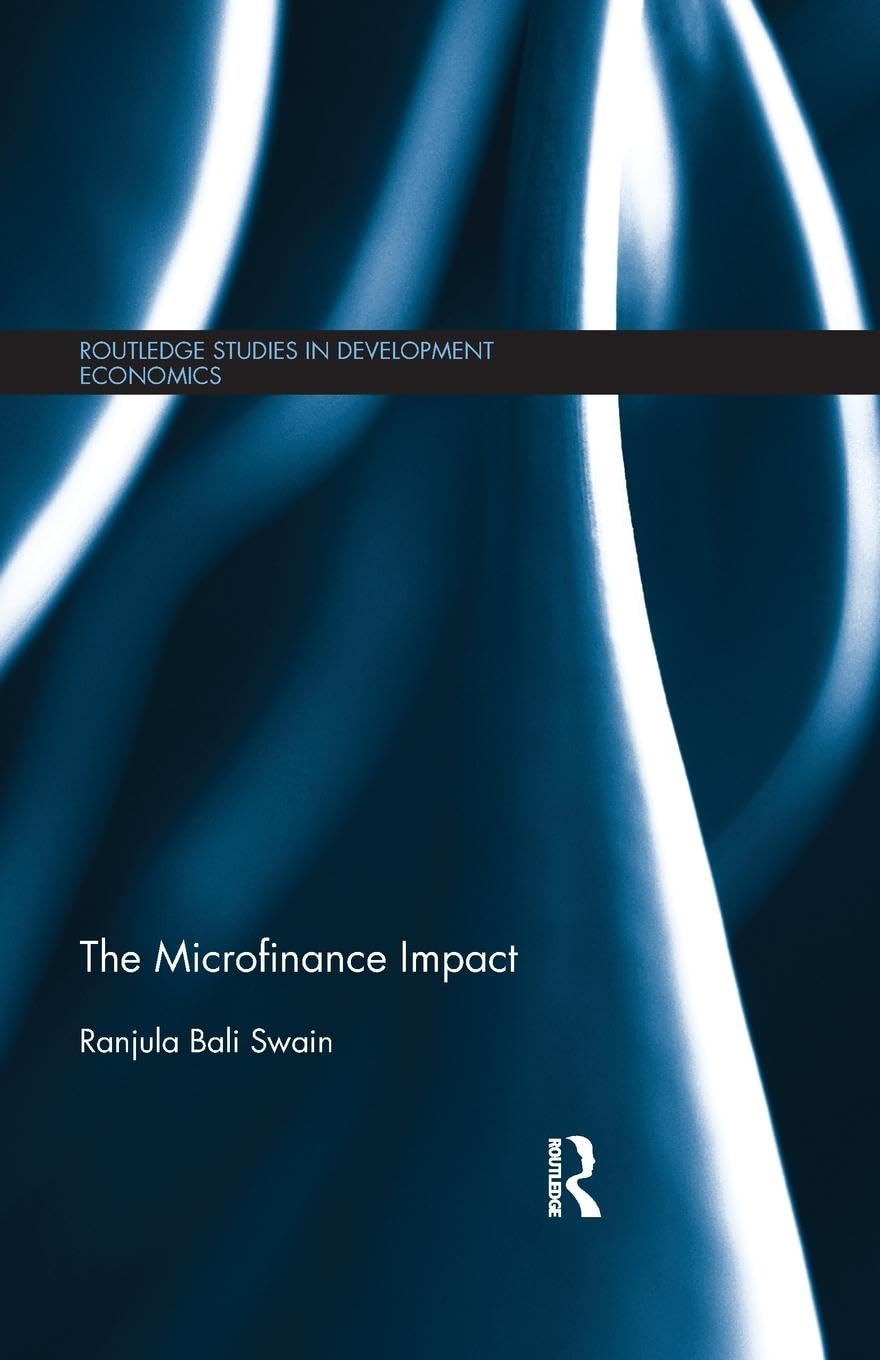The Microfinance Impact (Routledge Studies in Development Economics)
The Microfinance Impact (Routledge Studies in Development Economics) is backordered and will ship as soon as it is back in stock.
Couldn't load pickup availability
Genuine Products Guarantee
Genuine Products Guarantee
We guarantee 100% genuine products, and if proven otherwise, we will compensate you with 10 times the product's cost.
Delivery and Shipping
Delivery and Shipping
Products are generally ready for dispatch within 1 day and typically reach you in 3 to 5 days.
Book Details
-
Author: Ranjula Bali Swain
-
Publisher: Routledge
-
Edition: 1
-
Binding: Paperback
-
ISBN: 9781138808379
-
Pages: 140
-
Release Date: 27-04-2015
-
Dimensions: 8.5 x 5.4 x 0.4 inches
-
Language: English
About the Book
Financial Inclusion and Microfinance: The Impact of the Self Help Group Bank Linkage Programme in India by Ranjula Bali Swain offers a thorough scientific analysis of India’s Self Help Group Bank Linkage Programme (SBLP), which has been instrumental in improving the living conditions of marginalized groups. With a special focus on the economic and social impact of microfinance, the book explores how the Self Help Group (SHG) model, in partnership with the National Bank of Agriculture and Rural Development (NABARD), has successfully empowered poor households, especially women, across rural India.
The book investigates a wide array of topics, such as the structure of the SBLP, rural financial sector challenges, and impact assessment methodologies. It provides empirical results that demonstrate how participation in SHGs has significantly reduced the vulnerability of members, particularly those in NGO-linked SHGs or in villages with better infrastructure.
Special emphasis is placed on the empowerment of women and the economic and social benefits of microfinance. The results clearly show a significant increase in female empowerment through greater autonomy, enhanced decision-making power, and social attitude shifts. Furthermore, the role of training, particularly business training, is examined to show its positive influence on asset accumulation, although its impact on income is less pronounced.
The book bridges the gap between academics and practitioners by not only presenting theoretical issues but also offering practical insights drawn from new impact assessment methodologies. It will be valuable for students, researchers, and development practitioners in fields such as economics, sociology, public policy, and development studies.
This comprehensive work stands as a significant contribution to the understanding of microfinance's role in reducing poverty and fostering economic independence in rural India.





